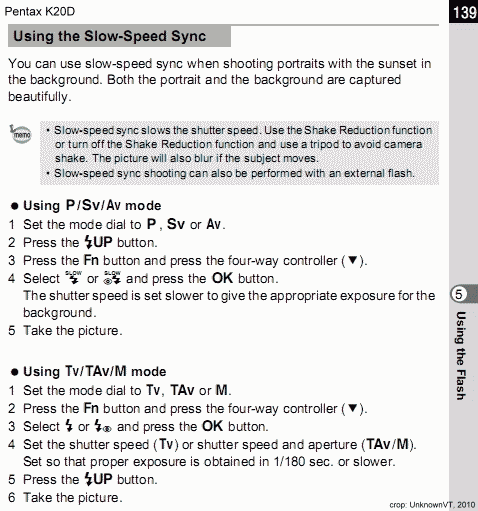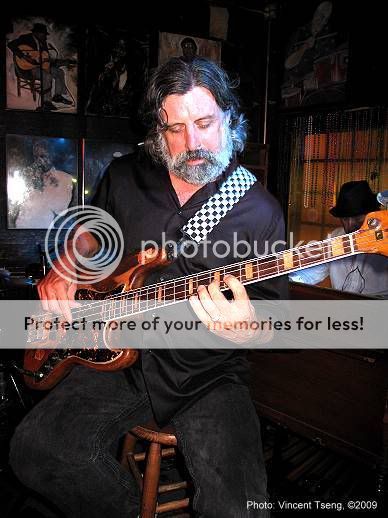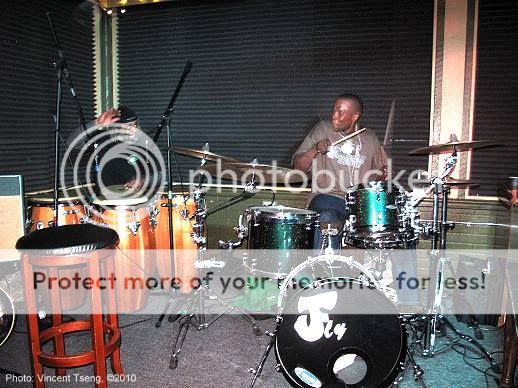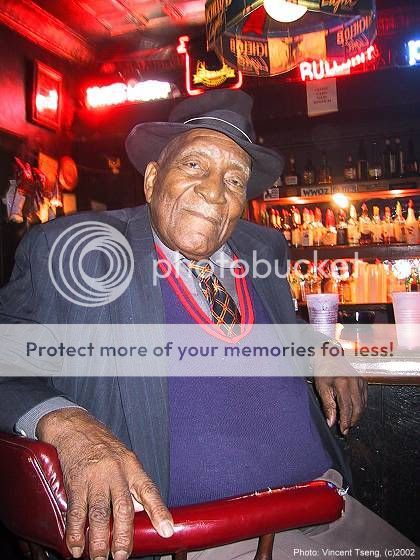 Originally posted by WMBP
Originally posted by WMBP 
Thanks for the informative replies so far, guys, and for helping me suss this out. Played with this a little more on my K20D. Here's what I understand now.
NOTE that the observations immediately below are based on working with the camera's built-in flash—not with a hot-shoe flash. Note also that the following observations all apply to shooting in Av mode (or effective-Av via the P/hyperprogram mode setting).
- Using leading-curtain sync (what the K20d's display calls simply "Flash On"), the shutter speed will be limited to the range between 1/45th sec and 1/180th sec.
- Using SLOW-SPEED SYNC, the shutter is limited at the high end to 1/180th sec, but at the low end, there doesn't appear to be a limit.
- TRAILING CURTAIN SYNC is just like slow-speed sync, as far as the shutter is concerned: 1/180th sec limit at the fast end, and no limit at the slow end of the range. Of course, the flash is triggered now at the end of the exposure.
One thing I never really latched on to before is the difference between the normal "Flash On" (front-curtain, normal sync) setting and the slow-speed sync setting. I don't think I've ever used it. When I've used flash in P-TTL, I think I've generally left the camera in the "Flash On" setting and lived with it. But it looks as putting the camera into slow-speed sync causes the K20D to work the way Joe McNally's D3 works in Av mode by default. That's why he says he switches from Av into M mode sometimes: because in Av, the camera calculates too long a shutter speed.
The options in the Fn menu aren't very clearly named. (What a surprise!) It would have saved me some time if they were named as follows:
- Leading curtain, normal speed sync
- Leading curtain, slow speed sync
- Trailing curtain, slow-speed sync
Apparently the camera doesn't support a trailing curtain normal-speed sync. Not sure why not.
*
Now, if I put the 540 FGZ into the hot shoe, in Av mode on the camera and P-TTL on the flash, the difference between normal sync and slow-speed sync that is controlled through the Fn button on the camera body STILL HAS AN EFFECT. In other words, if the camera's Fn screen is set to "Flash On", and the flash is set EITHER to front-curtain or trailing-curtain, the shutter speed is not going to be slower than 1/45th sec. But if the Fn setting is either of the slow-speed sync choices, then the shutter is permitted to go as slow as the camera thinks necessary.
NOTE that the 540 FGZ's dial still controls whether you get front-curtain or trailing-curtain action from the flash. So, if you want to allow a slower shutter speed than 1/45th sec, you can turn the camera's Fn setting to EITHER "Trailing Curtain Sync" (which is a slow-speed sync option) OR "Slow Speed Sync" (which is a leading curtain option).
Will
will
the plot sickens.
I went back after reading your post, and did some additional tests.
I had not looked at flash mode (low speed vs normal flash) and can cinfirm the K7 also functions as you note.
then I thought about the K10 and people posting that it wrks similarly, although mine did not.
In the ned I have found another variable. I had a KA mount lens on the K10D when I change that with a KAF mount lens, guess what, I now get variable shutter speeds in normal flash mode just like the K7.
I think there is another default, specifically if the camera can't read focal length it defaults to maximum shutter speed.
I have yet to confirm this on my *istD as well, since it has a screw mount adaptor installed and I am just too lazy to take it out.
so, in a nutshell,
probably (I have condfirmed this on my K7 but not the other 2 bodies I own yet)
all cameras have variable shutter speed in AV mode based on focal length read through the lens down to about 1 / (1.5 x focal lenght)
I can only assume to avoid issues with shake and moving subjects
If no focal length is read, the flash sync speed is set to maximum, and does not change as a function of focal length entered at power if focal length is not known at the lens
Low speed sync seems to be disabled if focal length is not known
Low speed sync I suspect only goes down to shutter speeds within the metering EV range, You could test this by changing ISO and seeing if shutter speed lower limit changes also
this seems to apply for both internal and hot shoe flash. (verified on K7 for all but last point)


 Similar Threads
Similar Threads 























